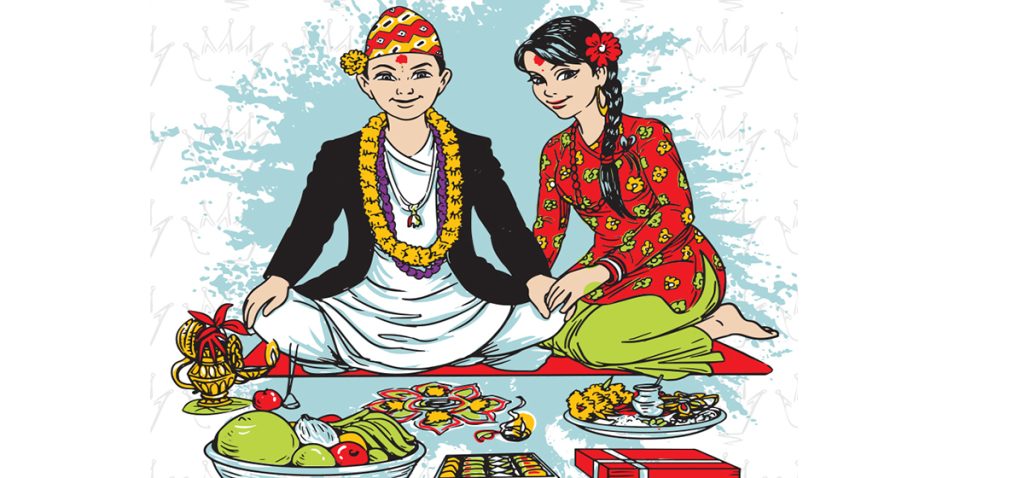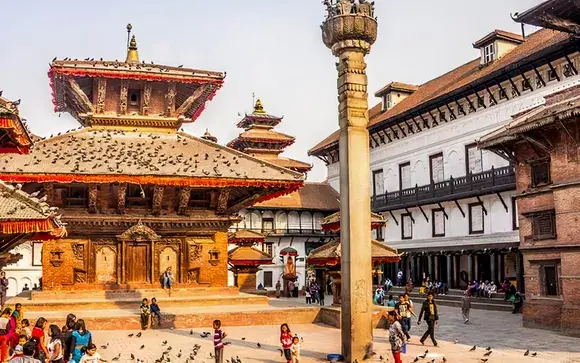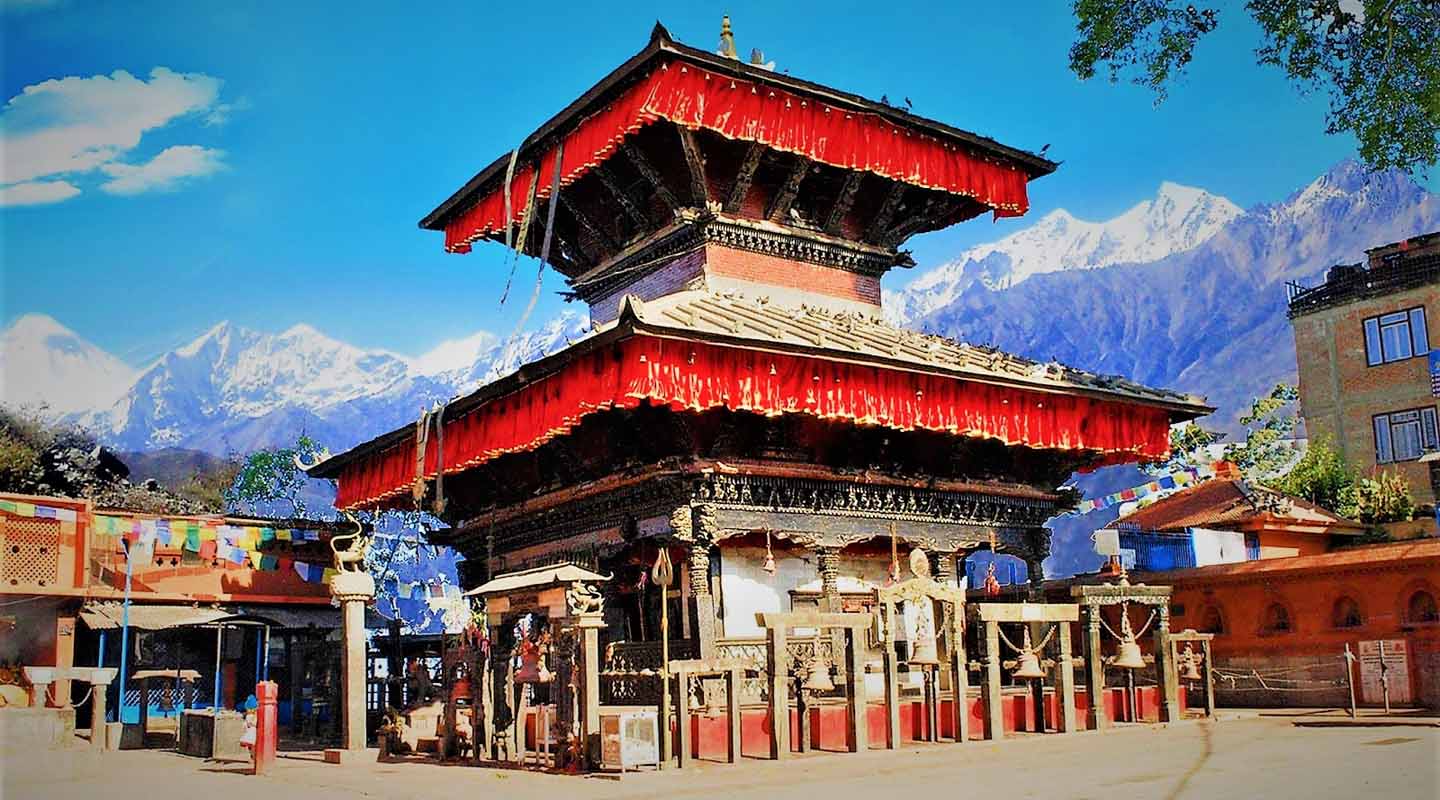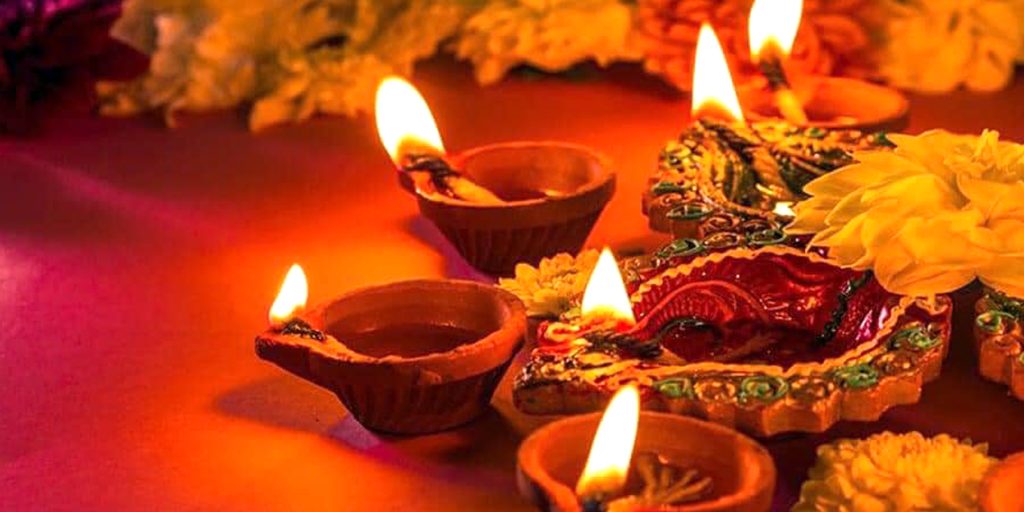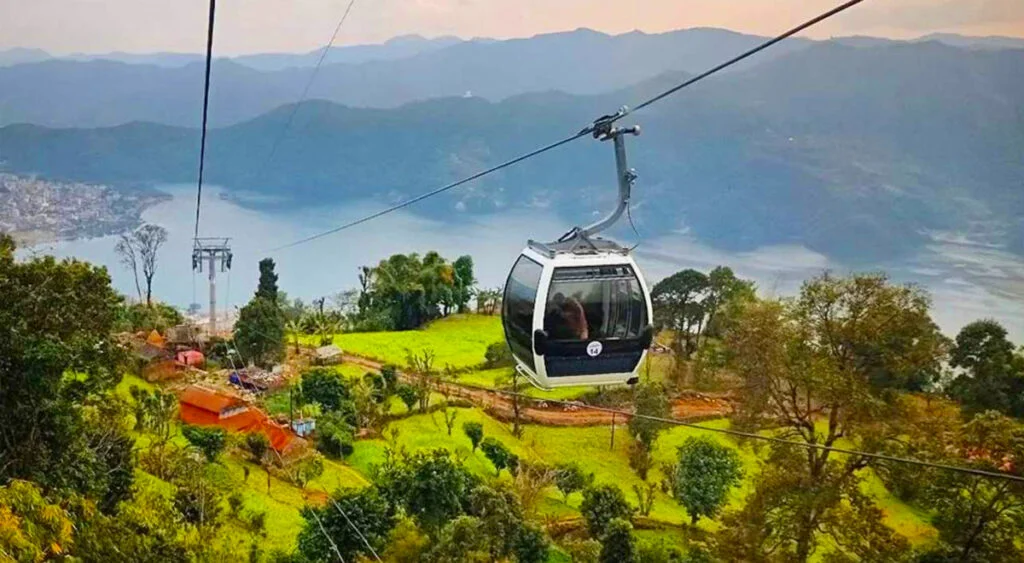Now Reading: The Living Goddess Kumari: A Glimpse into Nepal’s Divine Tradition
-
01
The Living Goddess Kumari: A Glimpse into Nepal’s Divine Tradition
The Living Goddess Kumari: A Glimpse into Nepal’s Divine Tradition
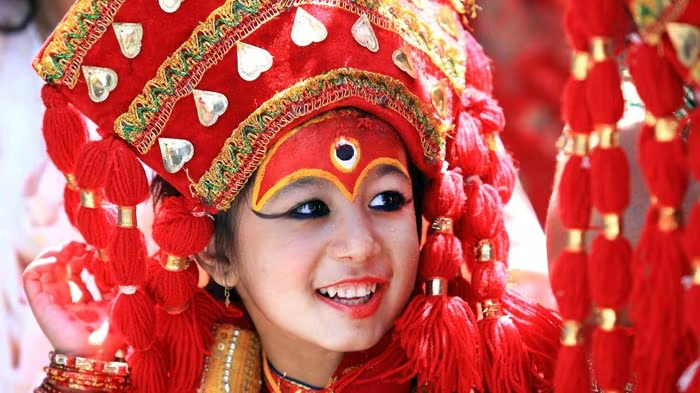
In the heart of Kathmandu Valley, around the vibrant chaos of ancient temples and busy markets, lives a young girl revered as a living goddess. Known as the Kumari, she is the embodiment of divine feminine energy, worshipped by both Hindus and Buddhists. Her presence is not only spiritual but deeply rooted in Nepal’s cultural and historical identity. The Living Goddess Kumari stands as a symbol of purity, power, and mysticism, a tradition that has captured the attention of both locals and visitors for centuries.
Origins of the Kumari Tradition
The Kumari tradition in Nepal dates back to the 17th century, during the reign of King Jayaprakash Malla, the last Malla king of Kathmandu. Legend says that the king played a game of dice with the goddess Taleju (an incarnation of the Hindu goddess Durga), who used to visit him in human form every night. One day, his queen discovered their meetings, and the goddess vanished. Before leaving, Taleju instructed the king to find a young girl from the Shakya or Bajracharya clan (Buddhist communities in the Newar ethnic group) who could embody her spirit, and thus, the tradition of Kumari began.
Who is the Kumari?
The word Kumari means virgin in Sanskrit. The Living Goddess Kumari is a pre-pubescent girl believed to be the earthly manifestation of Taleju. She is selected through an ancient and elaborate process that involves physical, astrological, and symbolic tests. The chosen girl must possess 32 signs of physical perfection as described in religious texts, including a flawless complexion, a calm demeanour, and even specific eye and voice qualities.
In addition to these attributes, she must pass the “Tantric” test — spending a night alone in a darkened room surrounded by the heads of ritually slaughtered animals, without showing fear. This test ensures that she embodies divine qualities and is fearless like the goddess herself.
The Selection and Life of a Kumari
Once selected, the girl leaves her family and moves into the Kumari Ghar, a beautifully carved traditional residence near Kathmandu Durbar Square. From that moment on, she is no longer seen as a normal child, but as a goddess in human form. Her life becomes highly restricted; she rarely speaks, does not attend school, and only emerges for religious ceremonies or when her blessings are required.
Despite her secluded life, she is well cared for. Her education is provided by private tutors, and her family remains close by. People from all walks of life, including the King (before the monarchy was abolished), would bow before her to receive blessings. Her touch, gaze, or even a small gesture is believed to bring good fortune, protection, and healing.
Major Festivals and Appearances
The most significant festival involving the Kumari is Indra Jatra, a vibrant celebration held in Kathmandu each September. During this festival, the Kumari is paraded through the city in a grand chariot, greeted by thousands of devotees. This is one of the rare occasions when she is seen in public. She appears in full traditional makeup, including a third eye painted on her forehead, red and gold attire, and elaborate jewellery, radiating divine power and grace.
Other festivals like Dashain and Kartik Nach also see appearances from the Kumari, though on a more limited scale.
Religious and Cultural Significance
The Kumari is unique in that she unites two religions — Hinduism and Buddhism. Although Taleju is a Hindu goddess, the Kumari is chosen from a Buddhist family. This reflects the religious harmony deeply embedded in Nepali society. For Newars, particularly, the Kumari is not just a religious figure but a vital part of their identity.
Worshipping a living person as a deity may seem unusual to outsiders, but for Nepalese people, it is a deeply spiritual act. The Kumari represents the shakti, or feminine power, that protects the nation. She is considered a protector of Kathmandu and a symbol of divine purity.
Retirement and Life After Being a Goddess
The Kumari’s divine status ends when she reaches puberty, marked by her first menstruation, or if she experiences major injury or bleeding. After this, a new Kumari is chosen, and the former goddess returns to a normal life. This transition can be emotionally and socially complex. Former Kumaris often face difficulties adjusting to the outside world after years of isolation.
However, in recent times, efforts have been made to support ex-Kumaris with education and social reintegration. Some have pursued higher education, professional careers, and even marriage, breaking the earlier superstition that marrying a former Kumari would bring misfortune.
Modern Challenges and Criticisms
In recent years, the Kumari tradition has been subject to scrutiny from human rights and child welfare groups. Critics argue that isolating a child and denying her a normal childhood may violate her rights. Questions have also been raised about her limited access to education and social interaction.
In response to these concerns, reforms have been introduced. The current Kumari attends school, receives regular healthcare, and her well-being is monitored more closely. The government and religious communities are working to preserve the tradition while adapting to modern values and child protection standards.
A Living Heritage
Despite the controversies, the Kumari tradition remains one of Nepal’s most iconic cultural practices. It is a living expression of faith, mythology, and social identity. For many Nepalese people, the Kumari is more than a girl — she is a guardian, a blessing, and a reminder of divine presence in everyday life.
Visiting the Kumari Ghar in Kathmandu Durbar Square is a popular activity for tourists. Although photography is not allowed inside, visitors may get a brief glimpse of the Kumari when she appears at the window. Even a silent gaze from the goddess is said to bring peace and prosperity.
Final Thoughts
The Living Goddess Kumari of Nepal is a remarkable blend of myth, tradition, and cultural devotion. Her existence tells a story of ancient beliefs living on in modern times. While the tradition continues to evolve, it still holds a sacred place in the hearts of many Nepalese people.
To truly understand Nepal, one must look beyond the mountains and temples and explore these living traditions that shape the soul of the nation. The Kumari is not just a child in a palace. She is Nepal’s living divine — a silent guardian of its past, present, and future.


